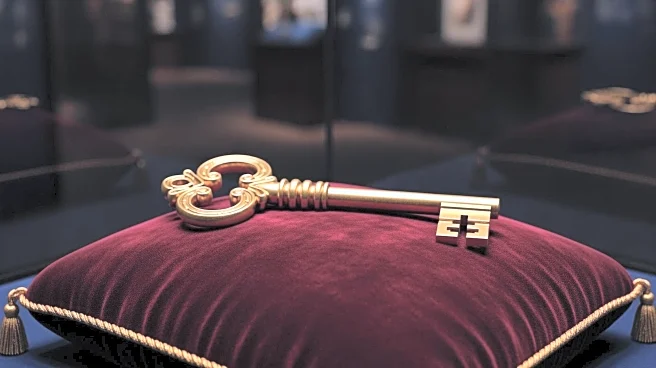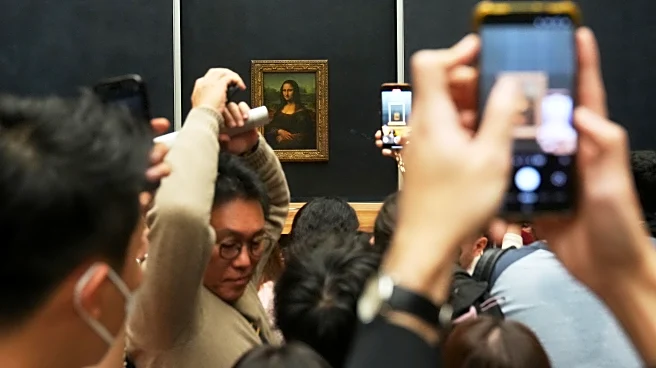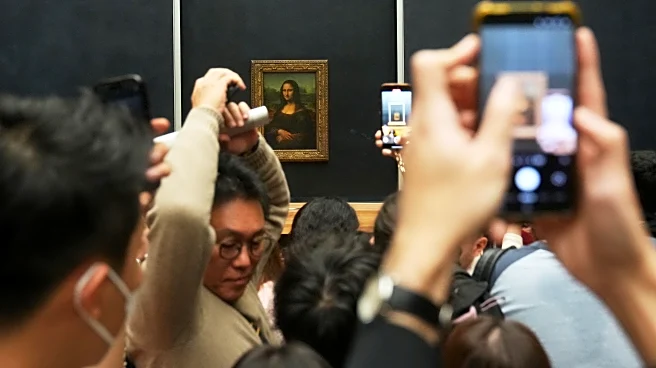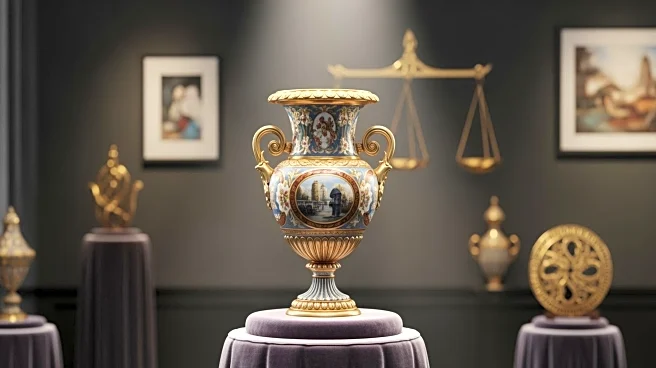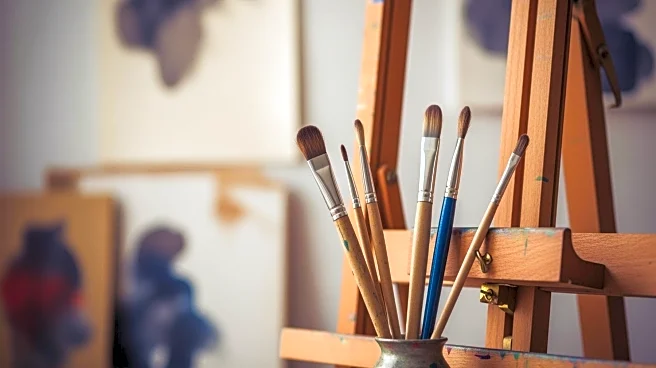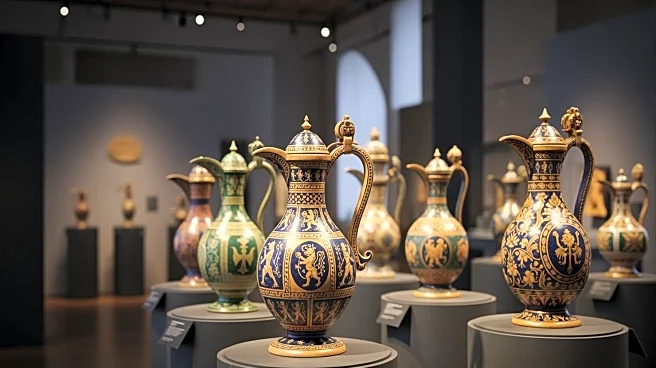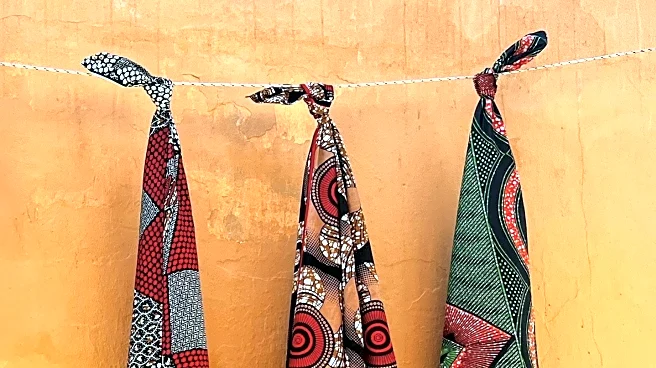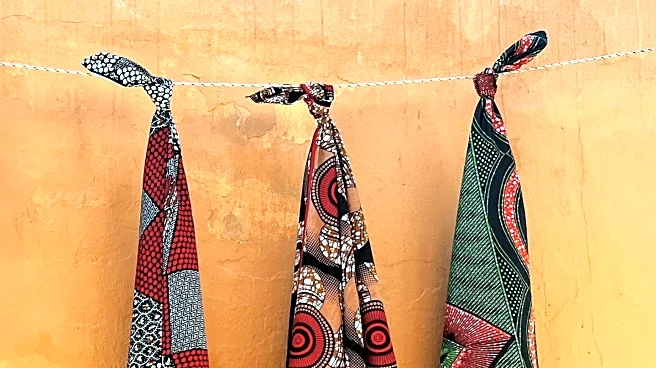What's Happening?
The British Museum has recently expanded its collection with significant acquisitions, including a rare 17th-century drawing by Samuel Cooper, purchased for £114,300. The museum's acquisition strategy is guided by the principle that a static collection is a dead
collection, emphasizing the need to continually add new items. The museum's collection now includes a diverse range of objects, from Chinese ceramics to contemporary artworks, reflecting its commitment to showcasing human creativity across centuries. The museum's acquisitions are driven by donations, bequests, purchases, and commissions, with a focus on objects that tell stories about human life and culture.
Why It's Important?
The British Museum's acquisitions are crucial for preserving cultural heritage and providing public access to significant historical artifacts. By expanding its collection, the museum enhances its ability to educate and inspire visitors from around the world. The acquisitions also highlight the museum's role in safeguarding cultural objects, ensuring they remain accessible for future generations. This approach supports the museum's mission to serve a global public, adapting to changing societal needs and interests. The museum's strategy reflects broader trends in cultural institutions prioritizing dynamic and inclusive collections.
What's Next?
The British Museum will continue to pursue acquisitions that align with its mission to educate and inspire. Future acquisitions may focus on contemporary works and collaborations with living artists, particularly from regions like Africa, Oceania, and the Americas. The museum's commitment to expanding its collection suggests ongoing efforts to engage with diverse communities and reflect global cultural narratives. As the museum adapts to changing public interests, it may explore new ways to display and interpret its collections, fostering deeper connections with visitors.
Beyond the Headlines
The British Museum's acquisition strategy raises ethical considerations regarding the ownership and display of cultural artifacts. The museum must navigate complex issues related to the provenance of objects and the desires of communities connected to them. These considerations are part of broader discussions about the role of museums in representing diverse cultures and histories. The museum's approach to acquisitions reflects a commitment to ethical practices and relationship-building with communities, ensuring that its collection remains relevant and respectful.
